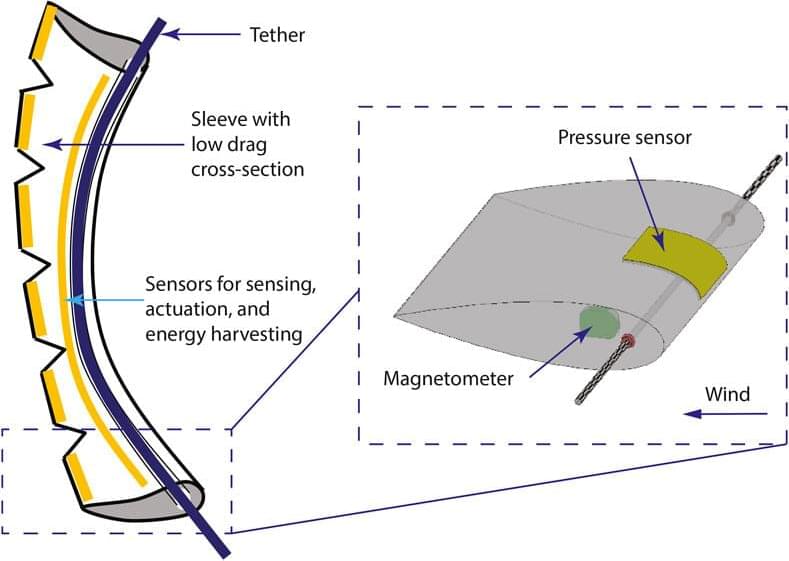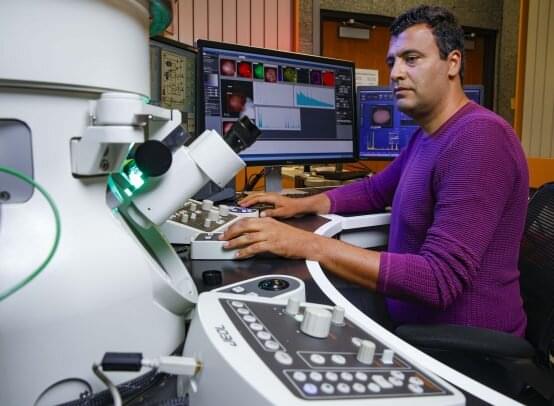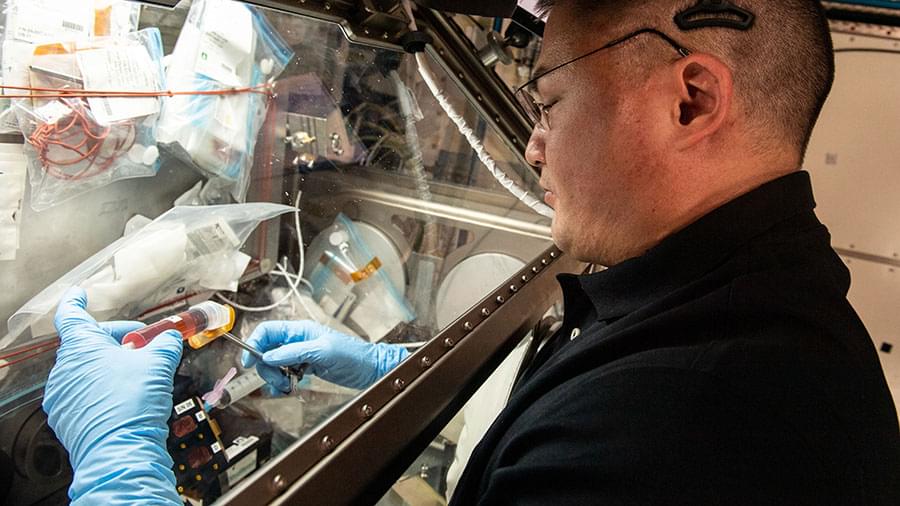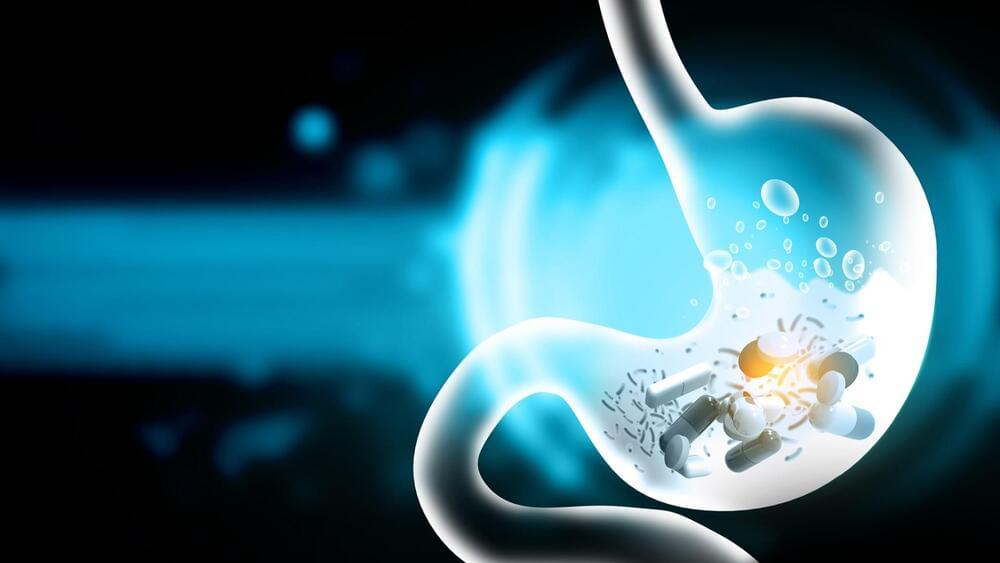Aug 16, 2022
New wind sensor uses smart materials to improve drone performance
Posted by Wise Technology in categories: drones, robotics/AI
Engineers have designed and successfully tested a more efficient wind sensor for use on drones, balloons and other autonomous aircraft.
These wind sensors—called anemometers—are used to monitor wind speed and direction. As demand for autonomous aircraft increases, better wind sensors are needed to make it easier for these vehicles to both sense weather changes and perform safer take-offs and landings, according to researchers.
Such enhancements could improve how people use their local airspace, whether it be through drones delivering packages or passengers one day flying on unmanned aircraft, said Marcelo Dapino, co-author of the study and a professor in mechanical and aerospace engineering at The Ohio State University.


















